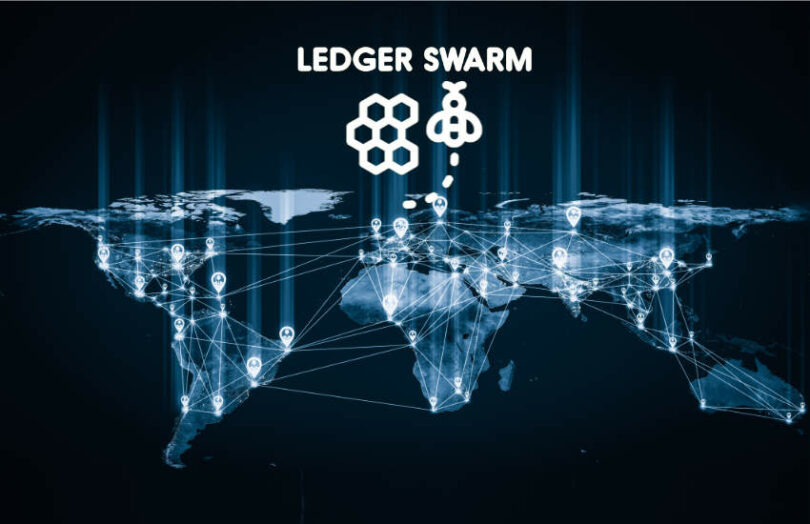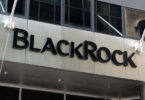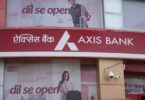Today SETL announced it has launched a standing blockchain test network for the Regulated Liability Network (RLN) using its LedgerSwarm software.
The RLN aims to bring together regulated money – tokenized deposits, central bank digital currencies (CBDCs) and regulated stablecoins – onto the same institutional network as tokenized assets. So far there have been formal RLN trials in the U.S. and the UK. The Bank for International Settlements (BIS) acknowledged that the RLN inspired its similar-sounding Unified Ledger concept.
Meanwhile, SETL’s Tranquility test network – named after the site of the first moon landing – aims to be available on an ongoing basis. It’s open to permissioned participants who apply to SETL for access.
“The network will be open to banks and financial institutions as well as technology providers who wish to understand and test RLN applications,” said Anthony Culligan, CEO of SETL. “Core to the RLN concept is interoperability and we hope that this network will be a catalyst for innovation and creativity in the regulated sector.”
Additionally, SETL has open sourced its RLN Protocol and set up a methodology to receive technical improvement proposals, similar to Ethereum’s process for ERC standards.
Tokenization technology choices
The RLN is driven by industry and not tied to a single technology provider. For the New York RLN trials, both SETL and Digital Asset provided technology. And in the UK, local RLN coordinator EY explored a variety of technologies.
The RLN concept is both domestic and international. Hence, it’s expected “that RLN may well grow organically with interested jurisdictions or even individual banks setting up their own RLNs,” said Anthony Culligan. “By having a common and open protocol, technology providers can be sure that their implementations will operate with others to allow a truly global network of ledger interactions.”
Culligan told Ledger Insights that the industry is more likely to adopt if there’s no perceived vendor lock-in. “Of course, we think our LedgerSwarm product is a winner,” he added. SETL is talking to several large technology providers who want to integrate RLN technology with their platforms.
Timing is everything. Currently, both the UK and Europe are gearing up for tokenization trials. Technically, the UK’s Digital Securities Sandbox went live this week. While Europe’s DLT Pilot Regime has been live for a while, there’s been little activity. However, a separate set of EU wholesale DLT settlement tests is starting this quarter.
Apart from the UK and U.S. RLN trials, SETL is using the same technology in Brazil’s DREX wholesale CBDC trials. Plus, we heard of discussions about a possible RLN trial in Germany. Multiple wholesale CBDC trials have also referenced the Unified Ledger concept, including the Bank of Korea, which recently unveiled its work on tokenized deposits.
Citi’s Tony Mclaughlin first floated the idea of the RLN in 2021. At the time, it was SETL’s biggest backer and one assumes the concept grew out of conversations. Subsequently, Colendi acquired SETL in June 2022.
Ledger Insights will soon publish a report on bank-issued stablecoins and tokenized deposits. Sign up for notification of its release.






